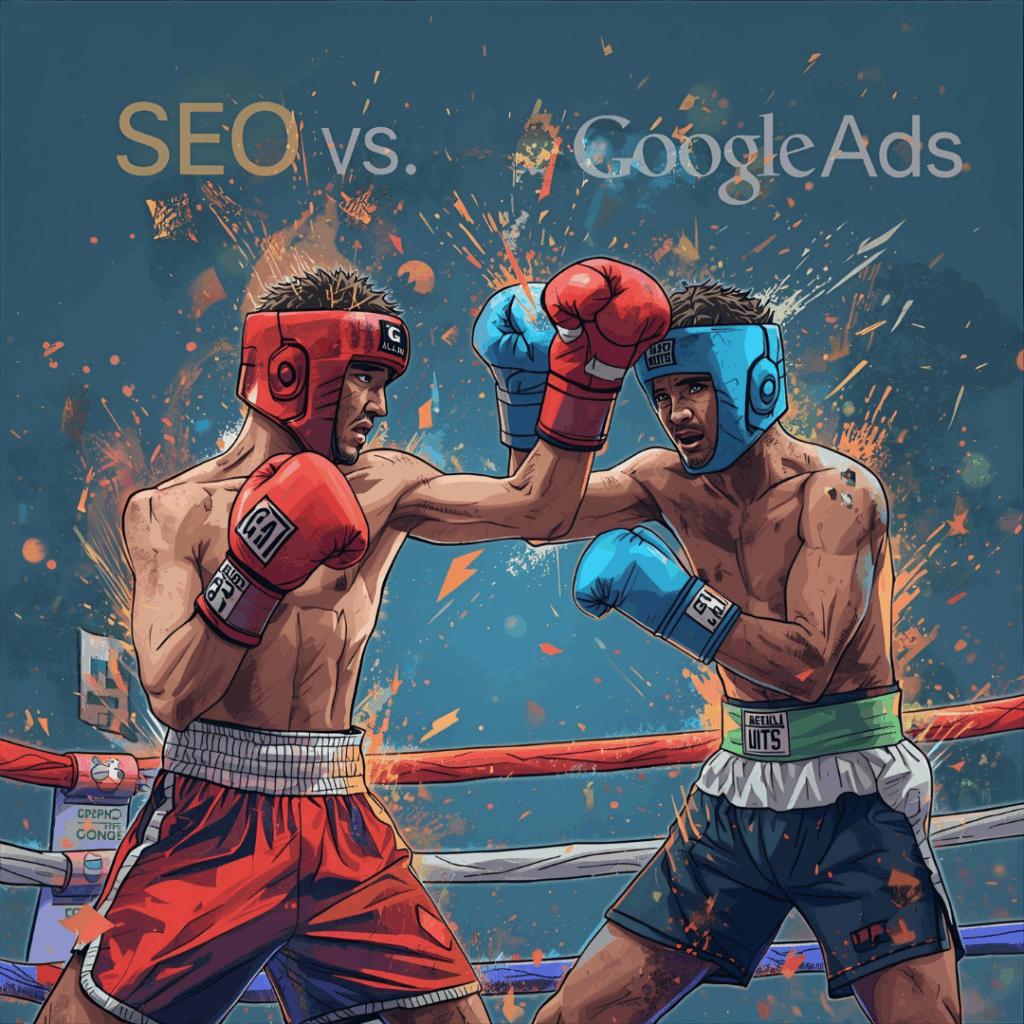Effective Web Design: 9 Core Principles
There are many factors that go into making the perfect website. It has to be interactive; it has to be appealing and above all, it has to create a great user experience. There is a common misconception that great visual design makes for a good website, while it is true to some extent, usability and functionality are far more important when it comes to good web design. They not only increase engagement but also helps your website do better in SEO. In this article, we are going to explore 9 core principles of effective web design. Let’s dive into it!
A clear purpose and goal
What is the goal of the website? This is something that needs to be clear before building a website. Is the core purpose of the website to provide information? Is the goal to sell products? Or is the goal to build trust and credibility? Your goal and purpose need to shine through and be the focal point of your web design. The intentions of the pages of a website need to be clear. A clear goal and purpose integrated into the web design will make it easier for the viewers to engage with the website. More engagement naturally leads to a better user experience and that defines the effectiveness of web design more than anything else.
Keep it simple and the communication clear
You do not want people to be overwhelmed. The foundation of good webpage design is clear communication and simplicity. The web design has to be in harmony with the information that you want to communicate on any given page. Good website design keeps the message clear without compromising the visual appeal. Don’t overcrowd the webpage design, and don’t muddle your message with unnecessary elements for the sake of visual appeal. The colours that you use, the font that you select, and the imagery that you incorporate should all work in harmony to effectively communicate the message that you want to get across. This is an often overlooked and under appreciated aspect of good website design.

A clear path of discovery
Good WordPress web design is intuitive and feels organic. When someone is navigating the website and feel lost then it is the fault of poor design. The webpage design should allow for easy navigation. The hallmark of good web design is the ability of seamless discovery. If a user finds the website too complex and it is hard for them to find the content or information that they are looking for chances are that they will leave. A user-friendly web design is one that seamlessly guides the user to where they want to go. The design should be clear and concise. It should keep the users in mind at all times and look for ways to accommodate them at every point so that they never feel lost.
Guide the user’s gaze
When designing a website, you have to remember that you are creating an experience. You are in control of what grabs the user’s attention and what they are only going to skim over. This is a great power and a great responsibility. Good web design is going to bring the users’ attention to the information that you want to stay with the user long after they leave the website. The use of dynamic imagery, the font size for specific words, the right use of colours, and the optimal placement of all these elements are something that can make or break a website.
The “F” Pattern
Studies have shown that people often skim through a website instead of reading and recording everything and they do it in an “F” shaped pattern. This means that they start at the top left side of the screen and work their way down. So, the placement of relevant information should be according to this pattern. A website with a good web design will most likely have the navigation bar at the top left corner of the screen so that the user can get a quick summary of everything that they can expect to find on the website. It is important to incorporate this pattern into your web design if you want users to interact with your website for longer.
Content Matters
After it is all said and done, and the dust finally settles, content is still king. The visual aspect, colours, images, and videos all matter but the written text matters the most. Users, especially new users look towards the text for context when they are interacting with the various elements of your website. If the text is not pointed and clear then it is going to create confusion. The quality of the text of your website matters a lot in good web design. Effective website design has high-quality written content that complements the visual elements. If the text is out of sync with your core message or it is simply not optimized for engagement then you are going to lose your website traffic.

Mobile Friendliness and loading time
Another hallmark of good website design is its accessibility. In this day and age, you simply can not forget about mobile devices. You should design a website with mobile devices in mind and your aim should be to provide the same user experience to mobile users as well. So, essentially you are going to be creating two versions of the same website and you will have to use elements that will look good on large screens as well as small screens. And we can not forget about loading time. Good website design means that your loading times are going to be minimal. This is great for SEO traffics and it increases the chances of user engagement. If your website is slow then it is not going to rank very well and it is not going to grab the short attention span of modern users.
Empty Spaces
As we alluded to earlier in the article, you do not want to overwhelm the users with information be it visuals or text. Good website design should minimize the cognitive load on a user’s brain. The use of empty spaces is a great tool for effective web design. It can be used to highlight and point toward the information that you want the user to retain. We also mentioned briefly that most users are going to skim through most of the information that you provide on your website. Empty spaces naturally make this process easier and increase the chances of engagement. So, the goal of good web design should be to have empty spaces strategically used to give importance to the crucial pieces of information. It will make your website much more intuitive and much more user-friendly.
Cohesion
And last but not least is the careful cohesion of all the above-mentioned effective web design principles. On their own, these principles might look odd and in some cases, you won’t be able to apply all of them. The goal here is to use these effective web design principles where they feel right and natural. You should be able to pick and choose which of them works best in which scenario. The goal should be to make the website design cohesive and make it flow naturally. And to achieve that goal you can choose to incorporate as many of these design elements as long as they are effective and fit in with your design vision.
In conclusion, effective web design is far more than just an attractive facade; it’s a strategic blend of aesthetics, functionality, and exceptional user experiences. It’s about articulating a website’s core purpose and making it easily accessible to users. As we’ve discussed throughout this piece, numerous key principles guide this intricate process.
Why Digital8 For Your Web Design
It’s important to emphasize that web design is an ever-evolving field. With advancements in technology, changing user behaviour, and trends like the rise of artificial intelligence and virtual reality, designers must continually stay abreast of these changes. Future-forward web design will likely hinge on adaptability and innovation, always ready to cater to new user expectations and technological possibilities.
Remember, the ultimate goal is to create a website that not only aligns with your business objectives but also resonates with your users, providing them with an interactive, engaging, and memorable digital journey. To achieve this, meet our Brisbane web design team and strive to incorporate the principles we’ve discussed, always be mindful of emerging trends, and open to innovation and adaptation. The true measure of effective web design lies not in its visual appeal alone, but in its ability to evolve, engage, and exceed user expectations.
Are you ready to grow your business?
We write about a variety of topics in the digital industry.



